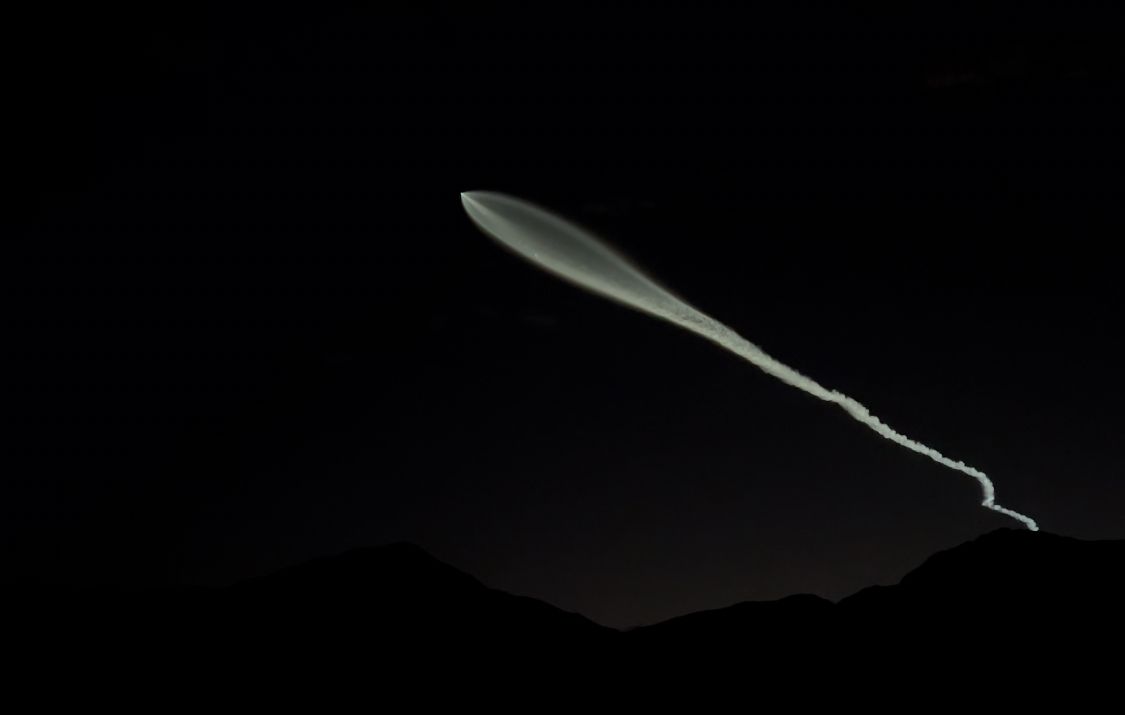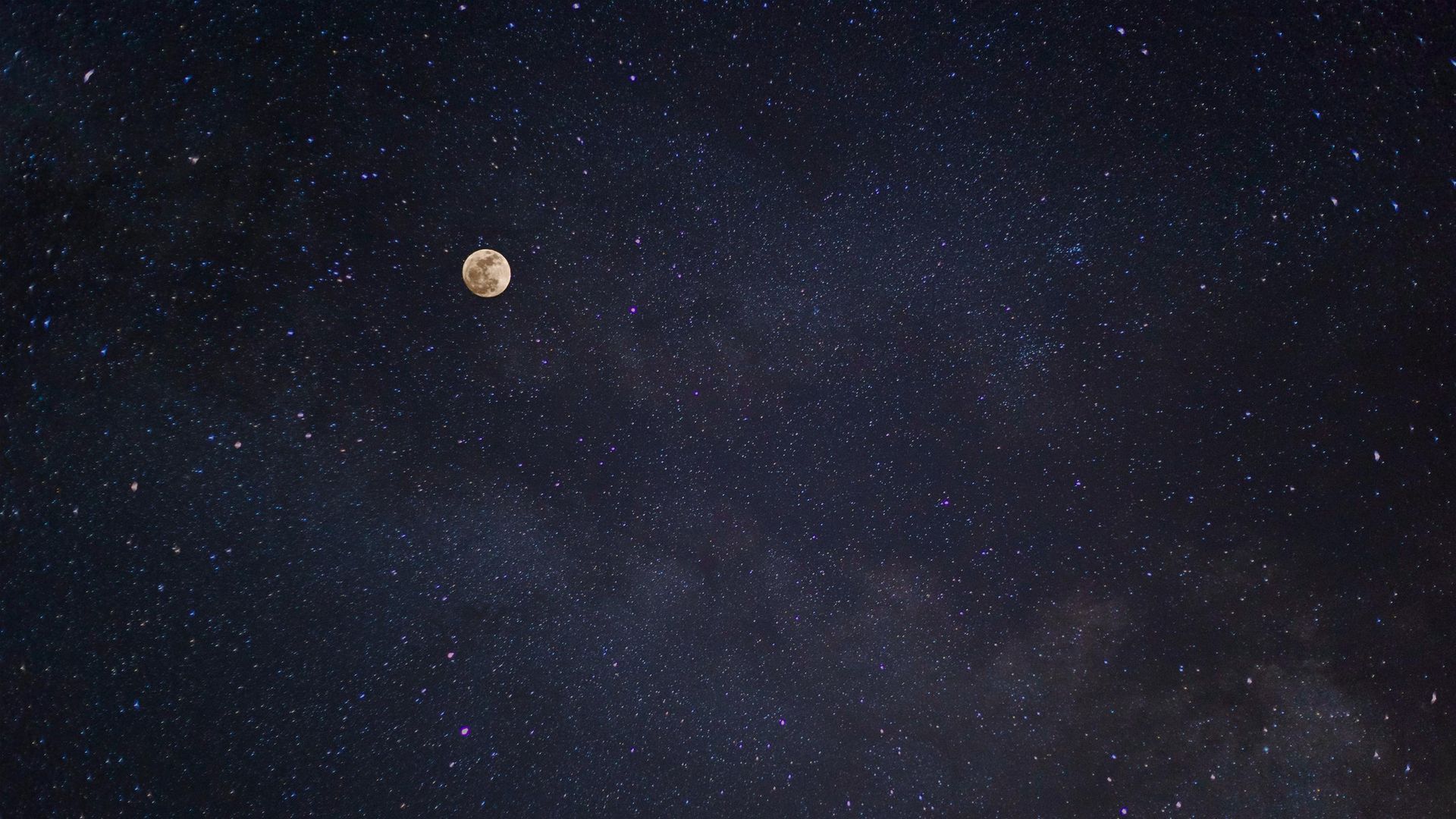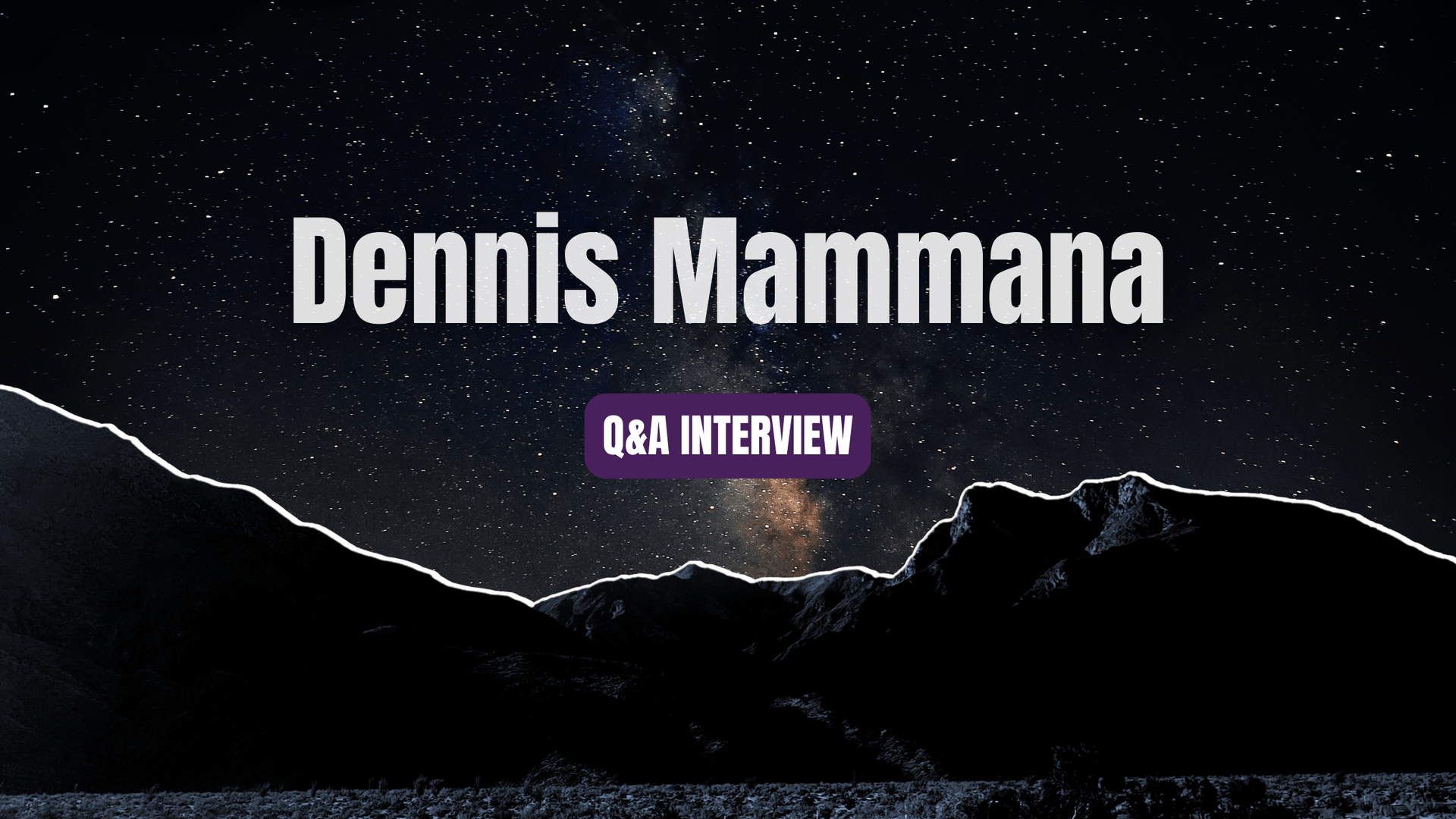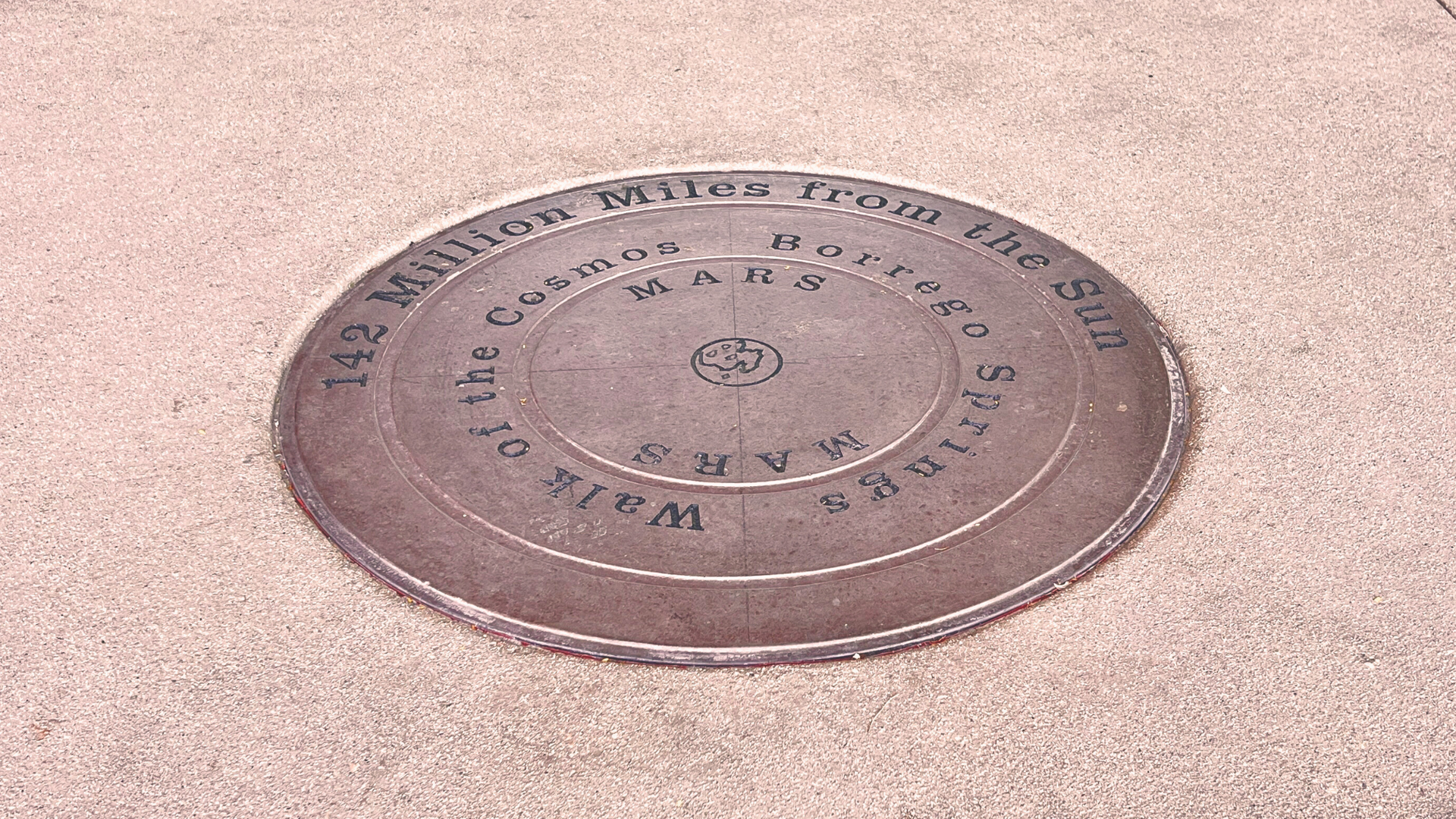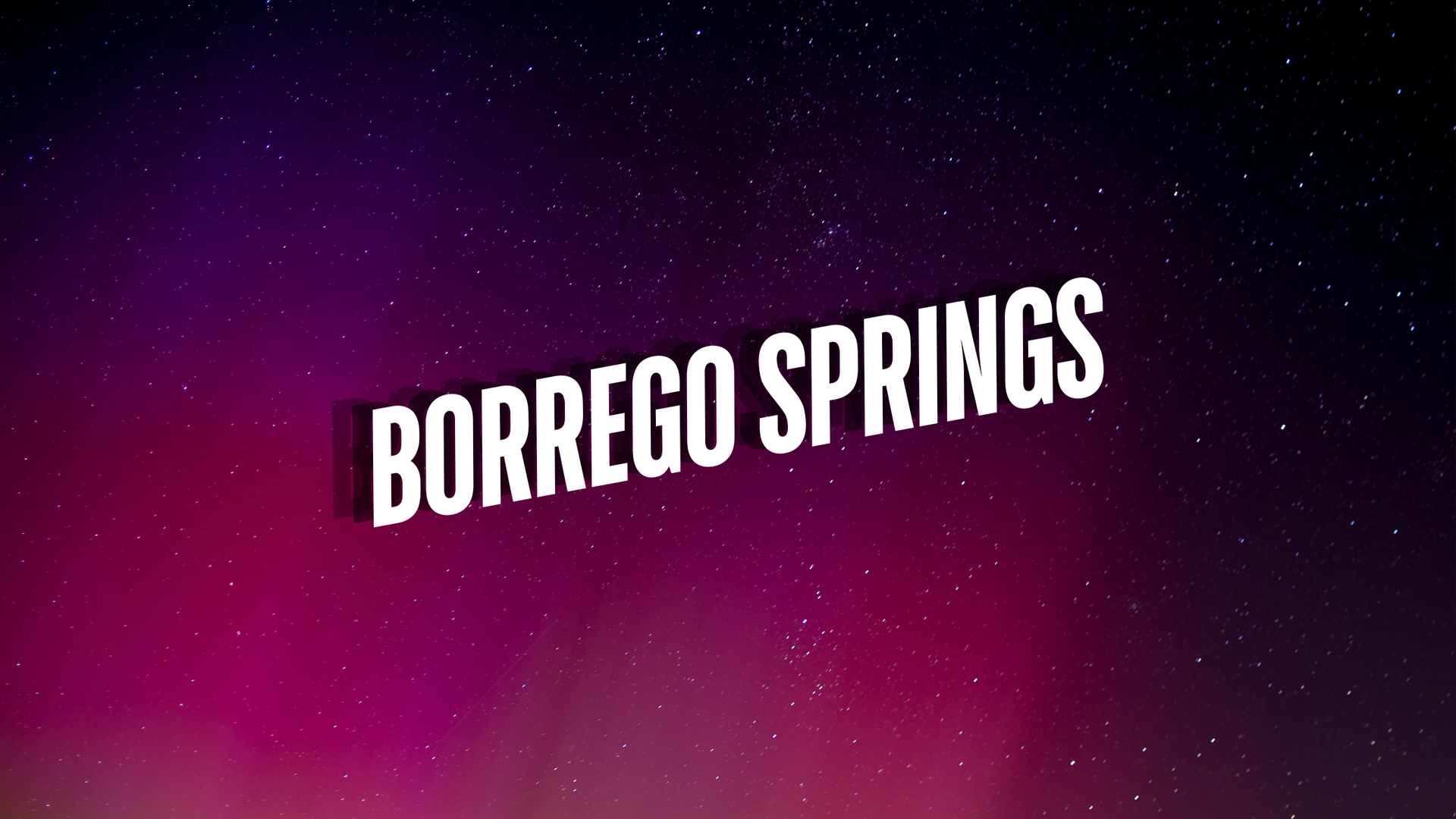How the Moon’s Phases Impact Astro-Tourism in Borrego Springs
Share
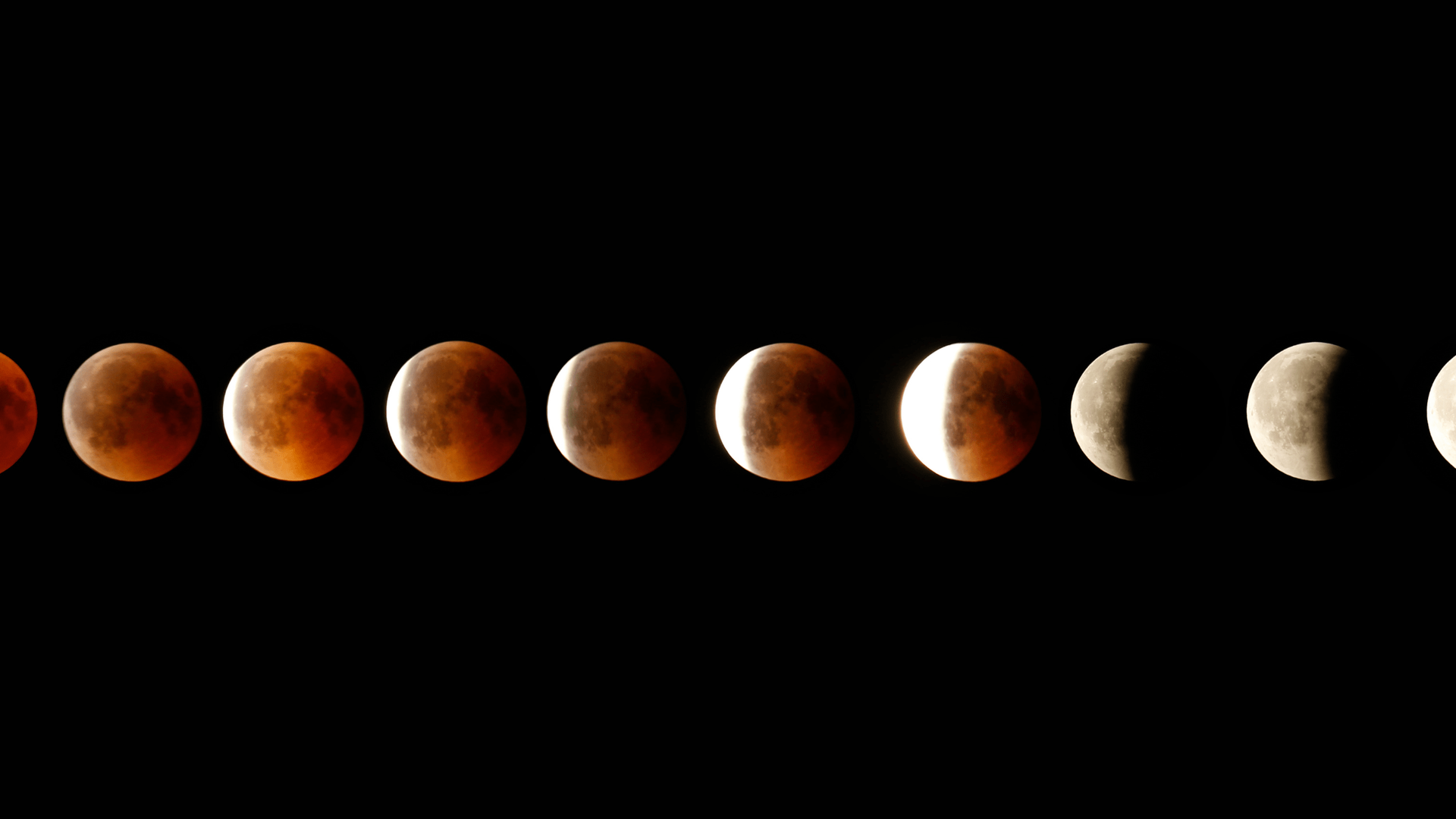
Enhancing Your Stargazing Experience
Borrego Springs, California, is a dream destination for astro-tourists seeking pristine night skies. However, the Moon’s phases are crucial to your stargazing adventure. To help you plan the perfect visit, let’s discuss the best times to explore this dark sky community and how the Moon’s phases affect your experience.
Moon phases
- New Moon : The Moon is not visible from Earth because it is positioned between the Earth and the Sun.
- Waxing Crescent : A small sliver of the Moon is visible, and it appears to be growing (waxing) in size.
- First Quarter : Exactly half of the Moon’s face is illuminated, and it’s known as the “first quarter” because it’s one-quarter of the way through the lunar month.
- Waxing Gibbous : More than half of the Moon is illuminated, and it continues to grow (wax) toward the Full Moon.
- Full Moon : The entire face of the Moon is illuminated as seen from Earth, and it appears as a complete circle.
- Waning Gibbous : More than half of the Moon is still illuminated, but it begins to decrease (wane) in size.
- Last Quarter : Exactly half of the Moon’s face is illuminated, but it’s the “last quarter” because it’s three-quarters of the way through the lunar month.
- Waning Crescent : A small sliver of the Moon is illuminated, and it continues to shrink (wane) until it becomes a New Moon again.
These phases occur in a regular cycle, with the New Moon marking the beginning of the lunar month. Understanding these phases is important for various purposes, including astronomy, astrology, and planning activities like astro-tourism.
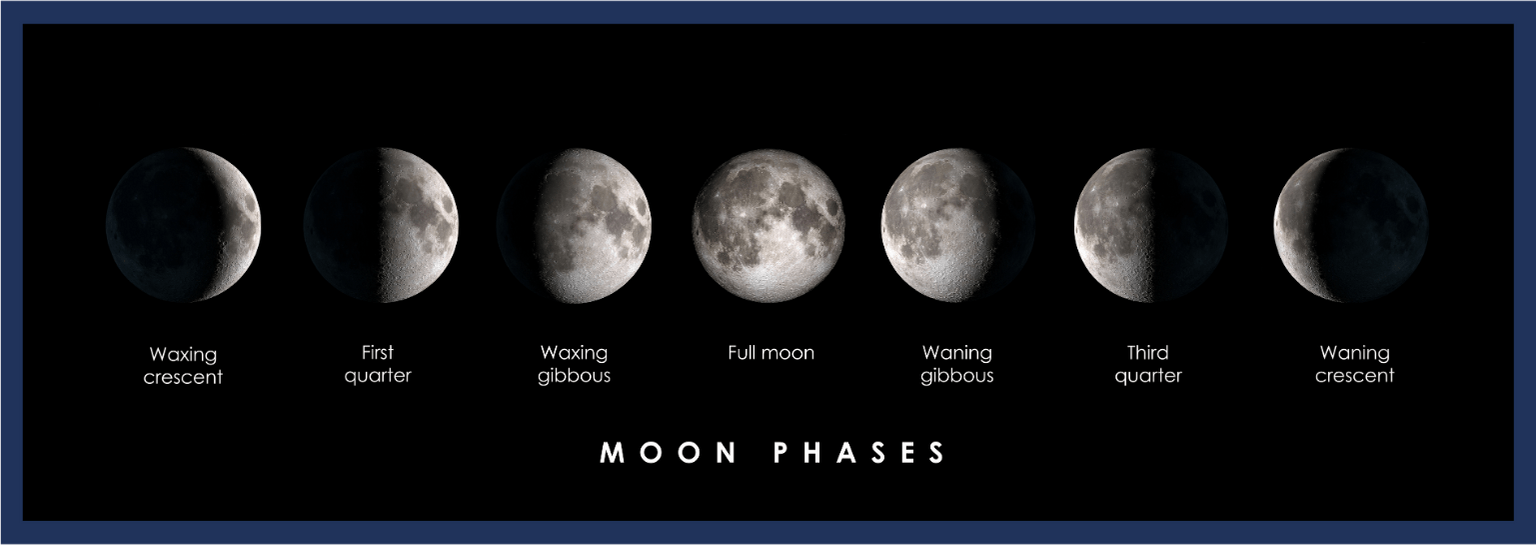
When to Visit Borrego Springs
To make the most of your trip, consider these optimal times:
1. New Moon Phase :
- When : On New Moon nights when the Moon is nearly invisible.
- Why : This is prime stargazing time with minimal lunar interference. It’s perfect for astrophotography and enjoying celestial events.
2. First Quarter Phase :
- When : During the first quarter of the lunar cycle.
- Why : The Moon’s illumination is moderate, offering decent visibility of stars and galaxies.
3. Last Quarter Phase :
- When : In the last quarter of the lunar cycle.
- Why : Similar to the first quarter, the lunar glow is modest, providing excellent stargazing conditions.
4. Between New Moon and First Quarter :
- When : Throughout the period between New Moon and First Quarter.
- Why : You’ll experience a gradual increase in lunar light, offering a balanced blend of dark skies and moonlit landscapes.
5. Astronomical Events :
- When : Check the Lunar calendar for dates of meteor showers, eclipses, and planetary conjunctions.
- Why : Time your visit to coincide with these events during moon phases that won’t obstruct your view.

How the Moon’s Phases Impact Your Experience
Understanding the Moon’s phases can significantly enhance your astro-tourism adventure:
1. Darker Skies and More Stars:
- Opt for New Moon nights to revel in the darkest skies, allowing you to fully appreciate the brilliance of celestial objects.
2. Perfect for Astrophotography:
- Capture stunning astrophotos by visiting during moonless nights or early lunar phases when the Moon’s glow is minimal.
3. Celestial Event Optimization:
- Plan your trip around meteor showers, eclipses, and conjunctions without worrying about the Moon’s light spoiling the show.
In Borrego Springs, precision is your key to unlocking the wonders of the night sky. By considering the Moon’s phases, you can maximize your celestial encounters and create lasting memories of your astro-tourism adventure.
Where do you find lunar phases?
You can find lunar phases through various sources, both online and offline. Here are some common places to check for lunar phase information:
- Websites and Apps : Numerous websites and mobile apps are dedicated to providing lunar phase information. Some popular options include:
- Weather Apps : Many weather apps include lunar phase data as part of their forecasts. Apps like The Weather Channel, AccuWeather, and Weather Underground often provide this information.
- Astronomy Apps : If you’re an astronomy enthusiast, specialized astronomy apps like Stellarium, SkySafari, and Star Walk often display lunar phases along with other celestial information.
- Astronomy Websites : Astronomy websites and forums often provide lunar phase calendars and information. Websites associated with observatories, planetariums, and astronomy clubs are good places to look.
- Smart Assistants : You can ask voice-activated smart assistants like Siri (on Apple devices), Google Assistant, or Amazon Alexa for the current lunar phase.
- Almanacs : Traditional almanacs like “The Old Farmer’s Almanac” typically include lunar phase data for the year.
- Moon Phase Widgets : Some desktop operating systems and mobile device home screens allow you to add widgets that display the current lunar phase.
When checking lunar phases , remember that they follow a predictable cycle, progressing from New Moon (when the Moon is barely visible) to Full Moon (when it’s fully illuminated) and back to New Moon. The phase of the Moon can have a significant impact on your astro-tourism plans, so it’s a good idea to consult reliable sources for accurate lunar phase information before your stargazing adventures.
Visit Borrego Springs and allow the Moon’s phases to guide you on a journey to the stars!
